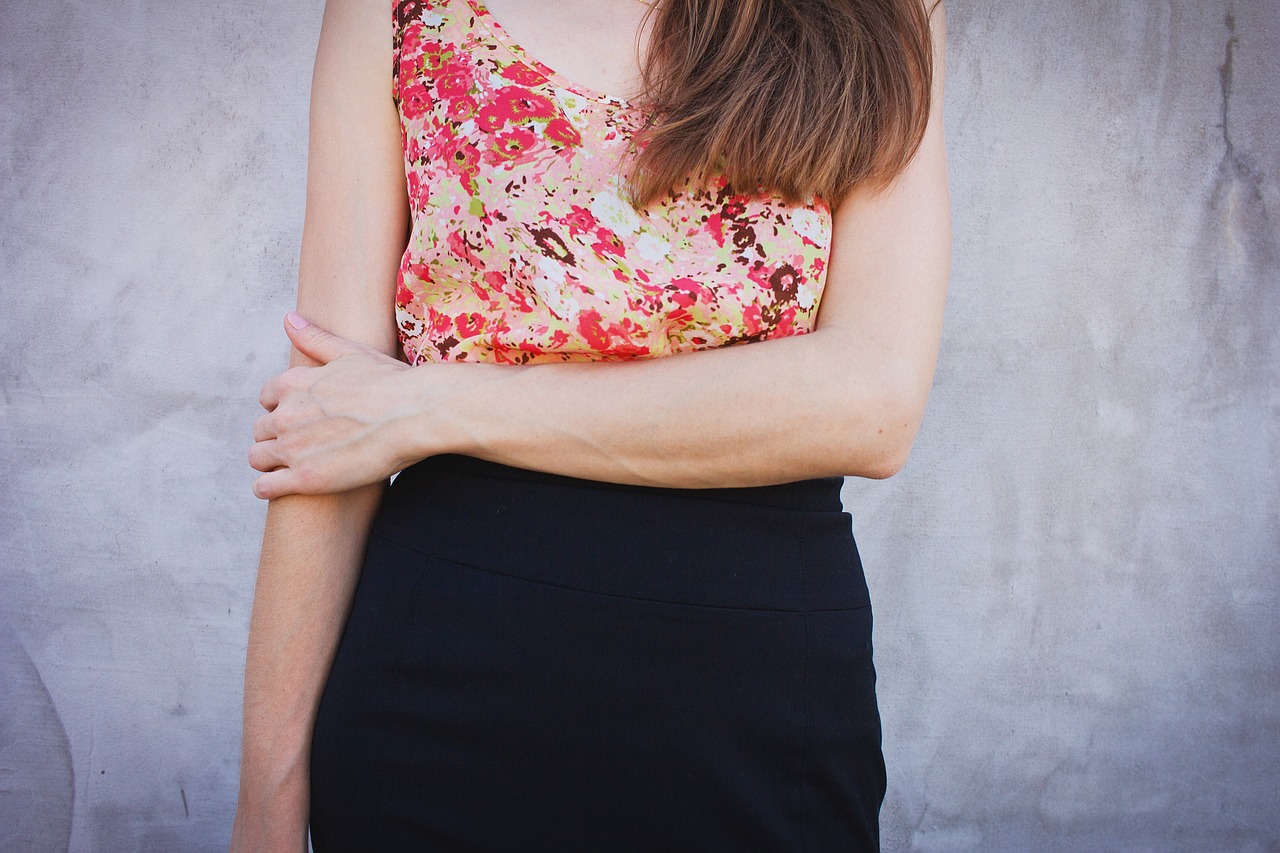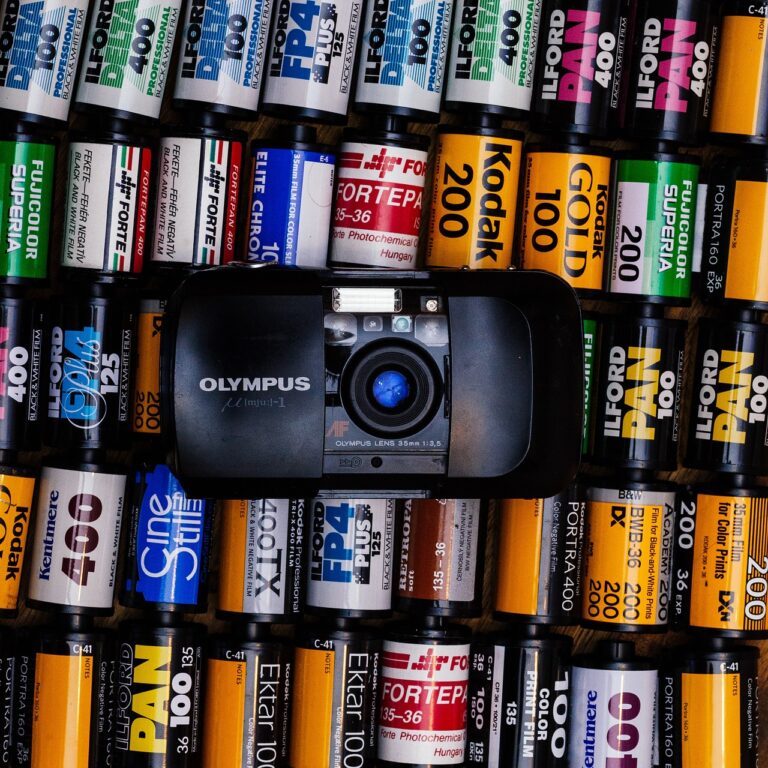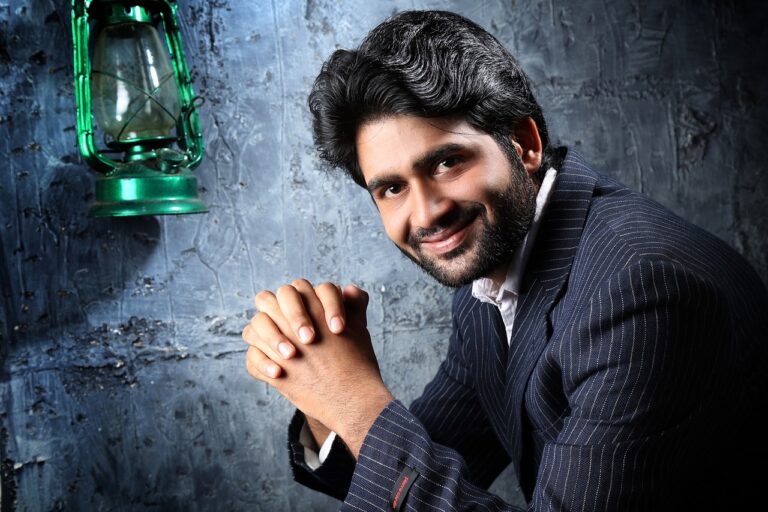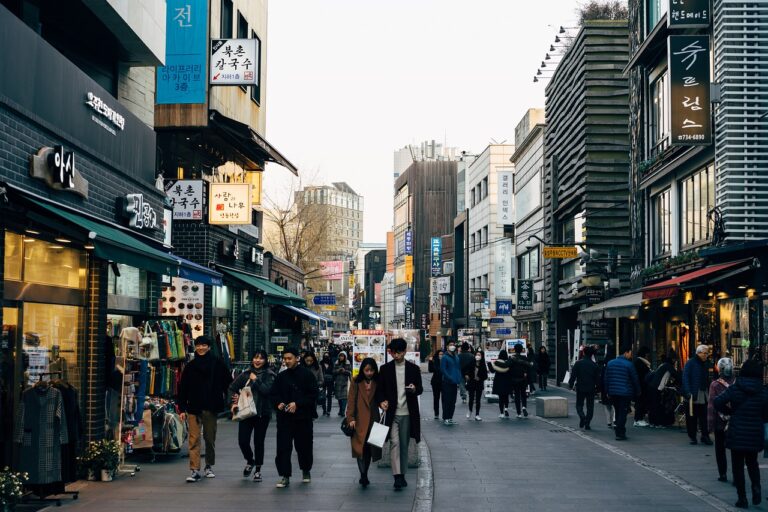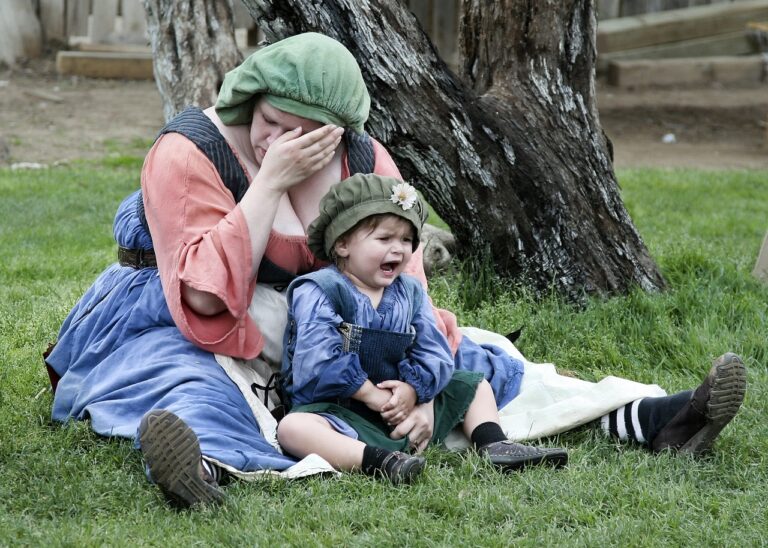The Influence of Art on Fashion Design
Art movements have long influenced the world of fashion, shaping trends and styles in unforeseen ways. From the bold, abstract artwork of the Cubist movement that inspired graphic prints in clothing to the romantic sensibilities of the Pre-Raphaelites that influenced flowing silhouettes, the connection between art and fashion is undeniable.
The Surrealist movement, with its dreamlike and whimsical qualities, led to the creation of clothing designs that featured unexpected elements and playful details. Artists like Salvador Dalí and René Magritte inspired fashion designers to think outside the box, resulting in avant-garde pieces that challenged traditional notions of style.
• The Cubist movement’s geometric shapes and bold colors translated into graphic prints in clothing
• Pre-Raphaelite romanticism influenced flowing silhouettes and ethereal fabrics in fashion
• Surrealist movement inspired unexpected elements and playful details in clothing designs
• Salvador Dalí and René Magritte encouraged avant-garde fashion pieces that challenged traditional styles
Famous Artists Who Inspired Fashion Designers
Many prominent artists throughout history have significantly influenced the world of fashion with their innovative and unique creations. Their artistic styles, techniques, and palettes have served as inspiration for fashion designers seeking to push boundaries and create original, eye-catching designs. From the bold and vibrant brushstrokes of Vincent van Gogh to the geometric shapes and bold colors of Piet Mondrian, artists have left an indelible mark on the fashion industry.
The avant-garde approach of Salvador Dalí’s surrealism has inspired designers to experiment with unconventional shapes and concepts in their collections. The fluid lines and graceful compositions of Leonardo da Vinci have been reflected in elegant and intricate garments that exude sophistication and timeless beauty. Artists continue to serve as a wellspring of creativity for the fashion world, bridging the gap between art and apparel.
Use of Colors and Patterns in Art and Fashion
Colors and patterns play a significant role in both art and fashion, serving as essential elements in creating visually appealing designs. In art, colors and patterns are used to evoke emotions, convey messages, and express the artist’s creativity. Similarly, in the world of fashion, designers utilize colors and patterns to bring life and character to their collections, making bold statements and setting trends for each season.
The use of vibrant colors and intricate patterns in art often serves as inspiration for fashion designers looking to infuse their designs with a touch of artistic flair. Bold color combinations and unique patterns can be seen on runways around the world, reflecting the influence of various art movements on modern fashion trends. By merging the worlds of art and fashion through the use of colors and patterns, designers are able to create innovative and visually stunning pieces that captivate audiences and make a lasting impression.
How do art movements influence fashion trends?
Art movements often reflect cultural shifts and new ideas, which can then be translated into fashion trends by designers looking for inspiration.
Can you give an example of an artist who has inspired fashion designers?
One example is the famous painter, Vincent van Gogh, whose vibrant and expressive style has been a source of inspiration for many fashion designers.
How do colors and patterns play a role in both art and fashion?
Colors and patterns can evoke different emotions and make a statement in both art and fashion, creating visual interest and telling a story.
Are there any specific rules or guidelines for using colors and patterns in art and fashion?
While there are no strict rules, it is important to consider the overall aesthetic and message you want to convey when choosing colors and patterns for your art or fashion designs. Experimentation and creativity are key.

